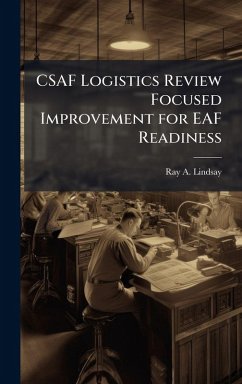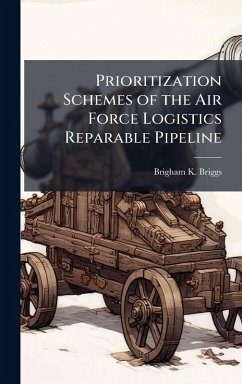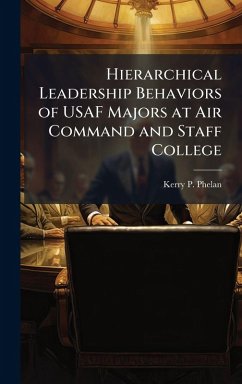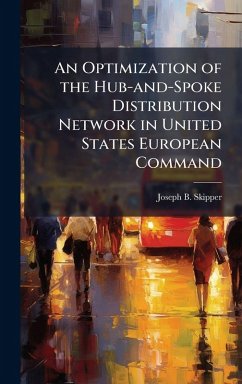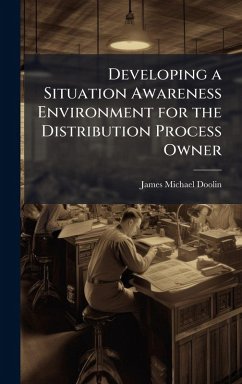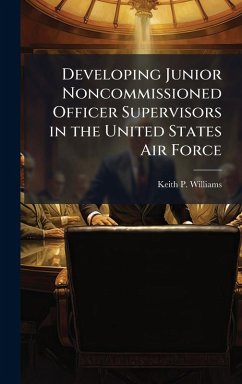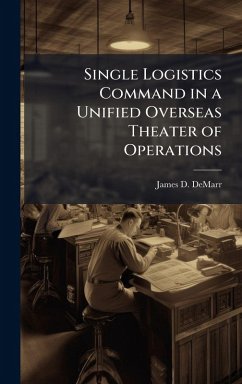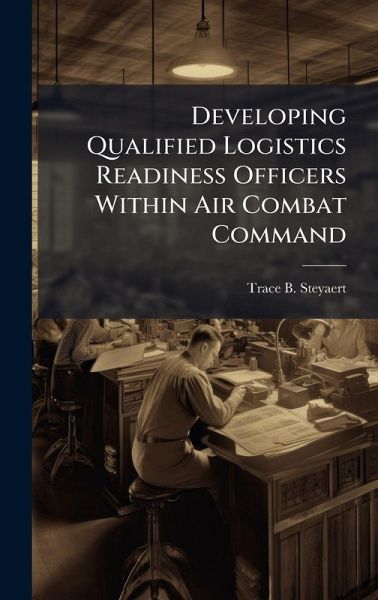
Developing Qualified Logistics Readiness Officers Within Air Combat Command
Versandkostenfrei!
Versandfertig in über 4 Wochen
27,99 €
inkl. MwSt.
Weitere Ausgaben:

PAYBACK Punkte
14 °P sammeln!
After completing the basic technical Logistics Readiness Officer (LRO) course, the LRO returns to their assigned base and begins core competency on-the-job training. In order to become qualified, the LRO must be assigned to at least one proficiency in each of the three core competencies (material management, distribution management, and contingency operations) for at least twelve months and complete all training tasks for each proficiency. The foundation of technical knowledge and skills gained through core competency training will guide the LRO in future assignments to include being an effect...
After completing the basic technical Logistics Readiness Officer (LRO) course, the LRO returns to their assigned base and begins core competency on-the-job training. In order to become qualified, the LRO must be assigned to at least one proficiency in each of the three core competencies (material management, distribution management, and contingency operations) for at least twelve months and complete all training tasks for each proficiency. The foundation of technical knowledge and skills gained through core competency training will guide the LRO in future assignments to include being an effective operations officer and a squadron commander. However, the current high operations tempo and demand for LROs in support of Operation Iraqi Freedom and Operation Enduring Freedom along with the high mission demands at base level are negatively affecting completion of LRO core competency training. This work has been selected by scholars as being culturally important, and is part of the knowledge base of civilization as we know it. This work was reproduced from the original artifact, and remains as true to the original work as possible. Therefore, you will see the original copyright references, library stamps (as most of these works have been housed in our most important libraries around the world), and other notations in the work. This work is in the public domain in the United States of America, and possibly other nations. Within the United States, you may freely copy and distribute this work, as no entity (individual or corporate) has a copyright on the body of the work. As a reproduction of a historical artifact, this work may contain missing or blurred pages, poor pictures, errant marks, etc. Scholars believe, and we concur, that this work is important enough to be preserved, reproduced, and made generally available to the public. We appreciate your support of the preservation process, and thank you for being an important part of keeping this knowledge alive and relevant.






